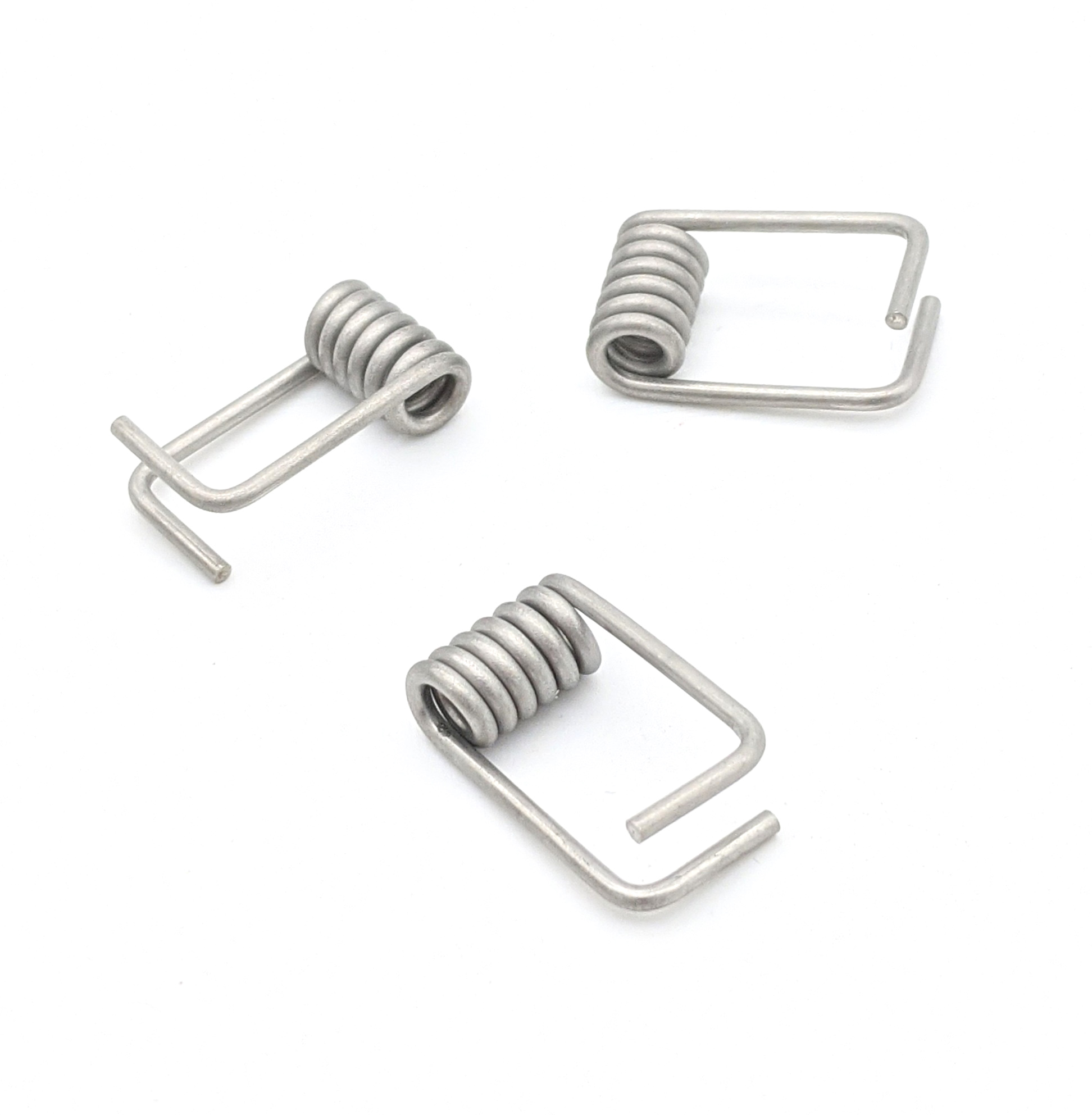Get unique, complex parts easily. No matter your requirements, Chaoyi Spring creates hard-to-produce coil springs and wire forms.
Let us help you create the custom wire form you need, from S-hooks and J-hooks to utility hooks and more.
We work closely with customers across a wide range of industries, helping them design and manufacture made-to-order parts.
Why choose Chaoyi Spring? We prioritize customer-focused collaboration, modern equipment and the latest technology to make your parts per print.
Find the information and guidance you need, from measuring a spring to learning about materials, placing an order and much more.
Springs are ubiquitous in our daily lives, from the simple act of opening a door to the intricate mechanisms of machinery. But have you ever wondered how much you can


Springs are ubiquitous in our daily lives, from the simple act of opening a door to the intricate mechanisms of machinery. But have you ever wondered how much you can compress a spring before it deforms permanently or even breaks? Understanding the maximum compression of a spring is crucial for ensuring safe and efficient operation of any system that relies on these elastic marvels. This article will delve into the formula for calculating maximum compression, exploring its significance and practical applications in various fields.

Springs, by their very nature, are designed to withstand compression or extension forces. They store mechanical energy when compressed, releasing it when allowed to expand. However, this ability has limits. Exceeding a spring's maximum compression capacity can lead to irreversible deformation or even failure.
Imagine a spring as a coiled wire. When you apply force, the coils get squeezed closer together. This compression is possible within a certain range, but beyond a critical point, the internal structure of the spring starts to yield. This is akin to stretching a rubber band too far – it loses its ability to return to its original shape.
Calculating the maximum compression of a spring involves considering several factors:
The maximum compression (δmax) can be calculated using the following formula:
δmax = (σmax * π * d2) / (4 * k)
Where:
This formula represents a theoretical maximum compression, factoring in the spring's material properties and geometry. In real-world scenarios, safety factors are often applied to this calculation to provide an extra margin of safety.
The concept of maximum compression has numerous applications in various fields, including:
The maximum compression of a spring is not merely a theoretical concept; it's a critical factor in ensuring the safe and efficient operation of countless systems. Whether it's a simple door spring or a complex aerospace component, understanding and adhering to the maximum compression limits is paramount for reliable and durable performance.
While the formula provides a valuable starting point, real-world spring applications are often more complex. Here are some additional factors to consider:
It's important to note that the maximum compression formula provides a theoretical guideline. In practice, engineering judgment and experience are vital for selecting the appropriate spring for specific applications.
The maximum compression of a spring is a crucial parameter for ensuring safe and reliable performance in countless applications. By understanding the formula and considering additional factors, engineers and designers can make informed decisions for selecting and utilizing springs in diverse mechanical systems. Ultimately, the quest for understanding maximum compression reflects a broader pursuit of scientific knowledge and its application in improving the world around us.
Browse some of the custom wire forms and springs that we manufacture. Don’t see what you need? We specialize in made-to-order products that meet your application requirements.
Visit Our GalleryNeed a custom wire form or coil spring? We make it work. Fill out the contact form and a representative will respond within 1 business day. If you have a PDF or CAD file, you can submit to request a quote.